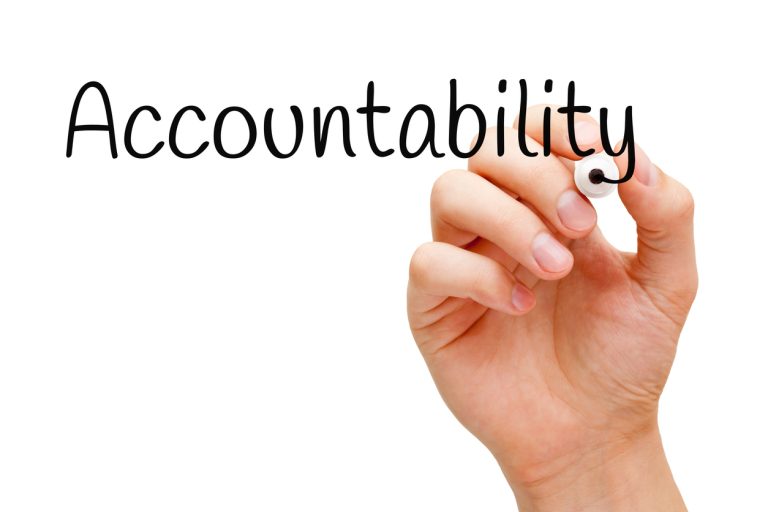The Hidden Dynamics of Teamwork
Have you ever been part of a high-stakes project with tight deadlines, interdependencies, and a team counting on one another to pull through? Everything seems to be on track, except for one glaring issue: a team member isn’t pulling their weight. They’re missing deadlines, showing up half-prepared, or just leaving others to do the heavy lifting. You and the rest of the team scramble to cover their gaps, stretching yourselves thin to ensure the project doesn’t fail.
Then, the moment of truth arrives. The project succeeds—barely—and just as you think everyone will finally see the truth, that underperformer swoops in. They do just enough to be noticed at the last minute and somehow walk away with praise as the ‘hero’ who delivered.
Or worse, the project flounders. And who takes the opportunity to shift the blame? That same underperformer, positioning themselves as someone who worked hard but was let down by the rest of the team.
Sound familiar? You’re not alone. Across industries, stories like this are alarmingly common. The repercussions are severe: frustration, disillusionment, disengagement, and even talent loss. It’s a vicious cycle that undermines morale and team trust. For leaders, understanding and addressing this dynamic isn’t just about fairness—it’s about protecting your organisation from hidden risks that erode culture and performance.
When Team Players Get Played
In a high-functioning team, members depend on one another. Each person contributes according to their role and expertise, supporting the greater goal. But when a team member doesn’t carry their share of the load, the entire dynamic shifts.
What happens next? Often, the rest of the team compensates. They go above and beyond to cover for the underperformer, ensuring deadlines are met. But the cost is often high:
- Burnout and Frustration: The extra effort required to compensate leads to physical and emotional exhaustion.
- Disillusionment: When others observe an underperformer receiving recognition or rewards despite not contributing equally, it sends a demoralising message.
- Trust Breakdown: Teams thrive on trust, and inequity erodes it quickly. High performers may begin to withdraw, disengage, or even leave the organisation altogether.
It is worth noting that when employees or teams experience this type of behaviour from an individual on an ongoing basis, it can create deep resentment. Over time, this resentment can become a stress trigger that affects how team members show up at work. Their behaviour may shift, impacting both their performance and their interactions with others. In many cases, this can spread across the team, leading to a deteriorating culture and diminished performance. The consequences can be significant.
This dynamic isn’t just a “morale issue”—it’s a risk to organisational success.
Rewarding the Wrong People: Leadership’s Blind Spot
Leadership plays a pivotal role in either exacerbating or resolving this issue. In many cases, managers are unaware of the true dynamics within their teams. This unawareness creates serious risks for team morale and performance.
- Lack of Visibility: Managers may not have direct insight into daily team interactions, relying on superficial assessments or polished presentations.
- Absence of a Safe Zone: Team members often hesitate to voice concerns about underperforming colleagues. They fear being seen as “dobbing” or having a hidden agenda.
- Unintentional Bias: Leaders may unconsciously favour those who present well, or who have overstated their contribution, or who appear to make a dramatic last-minute contribution, without fully understanding the context.
This creates a dangerous feedback loop where toxic behaviours are rewarded and reinforced. When last-minute heroes are celebrated, it discourages honest, hard-working employees who play fair. Leadership is not just about grand decisions but also the smaller choices made every day—through decisions, actions, and inactions. If employees perceive that appropriate action is not being taken to address unfair behaviours, they interpret this as both a decision and an act of favouritism. This erodes trust in leadership, exacerbates disengagement, and causes employees to feel that their work is not valued.
The Safe Zone: A Bold Step to Success
True and effective collaboration can only happen in a Safe Zone. Leaders need to build environments where team members feel supported, trusted, and empowered to voice concerns without fear of retaliation or judgment. When this trust is in place, people are more likely to share risks, challenges, and vulnerabilities early, preventing issues from escalating into crises.
Key Benefits of a Safe Zone:
- Early Risk Detection: Employees act as risk sensors, alerting leadership to emerging threats before they become crises.
- Fair Recognition: When team members feel safe to speak up, leaders gain clearer visibility into who is truly contributing versus who is coasting.
- Improved Engagement: Teams are more motivated when they know their efforts are valued and that leaders have their backs. This boosts innovation, collaboration, and overall performance.

“It is only when people feel safe to fail, that they truly feel safe to succeed.”
Lisa Sisson
In a Safe Zone, employees feel safe to fail and safe to succeed. Mistakes are treated as learning opportunities, not as reasons for punishment or scapegoating. This shifts the organisational mindset from one of fear and secrecy to one of trust and continuous improvement.
Rules of Engagement: Expectations and Collaboration in the Safe Zone
A Safe Zone is most effective when it is supported by clear rules of engagement and shared expectations. Leaders must set a foundation that guides both day-to-day roles and project work. These expectations should not just focus on what needs to be achieved and why, but also—most critically—how the work should be carried out both individually and collectively.
Key Elements of Rules of Engagement:
- Defined Goals and Responsibilities: Clearly outline each team member’s role and contributions to the project’s success.
- Support and Collaboration: Emphasize the importance of mutual support. Everyone should be encouraged to share ideas, voice concerns, and offer assistance to colleagues.
- Innovation and Efficiency: Create opportunities for team members to propose new solutions or process improvements without fear of being dismissed.
- Respectful Communication: Foster an environment where all voices are heard and valued, ensuring open dialogue and trust.
- Fair Recognition: Reward contributions based on both outcomes and how individuals support the team’s overall success. Recognise those who uphold collaboration, respect, and accountability.
By setting these expectations early and reinforcing them throughout the project, leaders can ensure that everyone is aligned and committed to the team’s success. This strengthens true collaboration and prevents toxic behaviours from taking root.
How Leaders Can Foster a Safe Zone
Creating a Safe Zone requires deliberate action. Here’s how leaders can make it happen:
- Encourage Open Communication: Invite feedback regularly. Make it clear that concerns are welcomed and will be addressed without judgment. So, no shooting the messenger.
- Observe and Acknowledge Team Dynamics: Don’t rely solely on surface-level assessments. Engage with teams to understand how work is being distributed and who is making genuine contributions.
- Provide Supportive Structures: Implement training wheels for growth. Whether through mentoring, additional resources, or phased responsibilities, help your team members stretch without fear of catastrophic failure.
Recognise True Effort: Celebrate the people who show up consistently and contribute meaningfully. Avoid glamorising last-minute heroics—this only rewards dysfunction.
The High Cost of Ignoring This Issue
Failing to address toxic team dynamics can result in long-term damage. Disengagement spreads like wildfire when employees feel unseen and unappreciated. Organisations risk losing top talent to competitors who offer a more supportive culture. Worse, unresolved tensions can create blind spots in risk management, leading to costly errors and missed opportunities.
However, by fostering a Safe Zone, leaders can flip the script. Employees will feel empowered to bring their best, knowing their contributions will be respected and rewarded fairly. This leads to stronger collaboration, greater resilience, and a culture of trust—where risks are managed proactively, and opportunities are seized.
Conclusion: It’s Time to Protect the House
It is both simple and logical: organisations thrive when their people thrive. Protecting your business isn’t just about mitigating external threats; it’s about safeguarding the internal dynamics that drive success.
Ensuring team members are seen for their contributions is critical. Also, identifying those who exploit systems, fail to contribute, or burden their colleagues is essential for creating a fair and effective working environment.
By correctly establishing a Safe Zone, leaders can reduce and even prevent toxic behaviours from impacting the team. They ensure fair recognition and harness the full potential of their people.
When team players no longer get played, everyone wins.
Risk Rebels, what say you?




